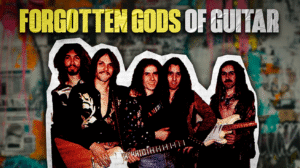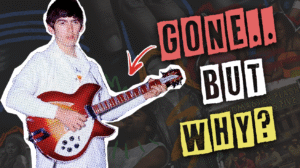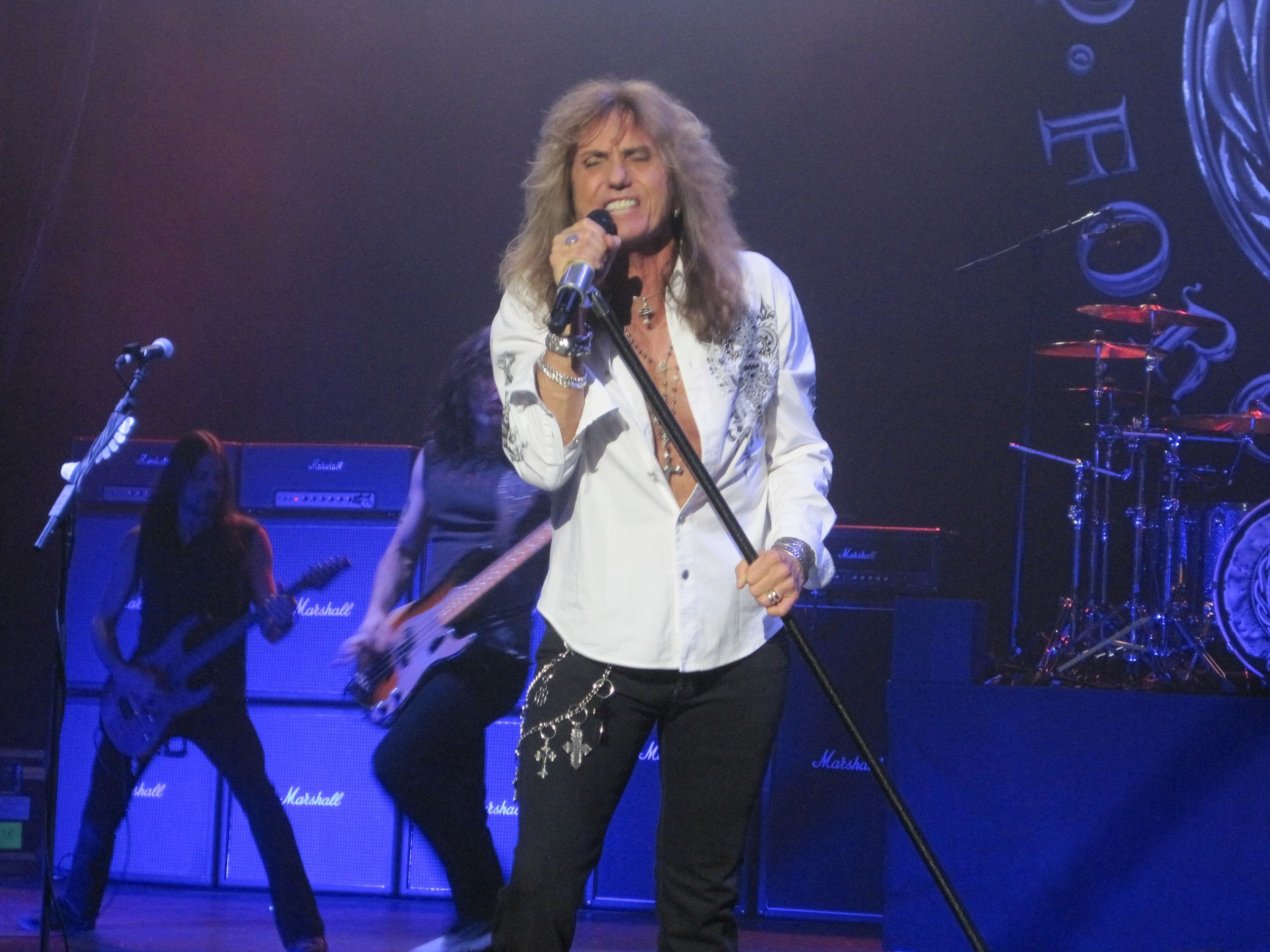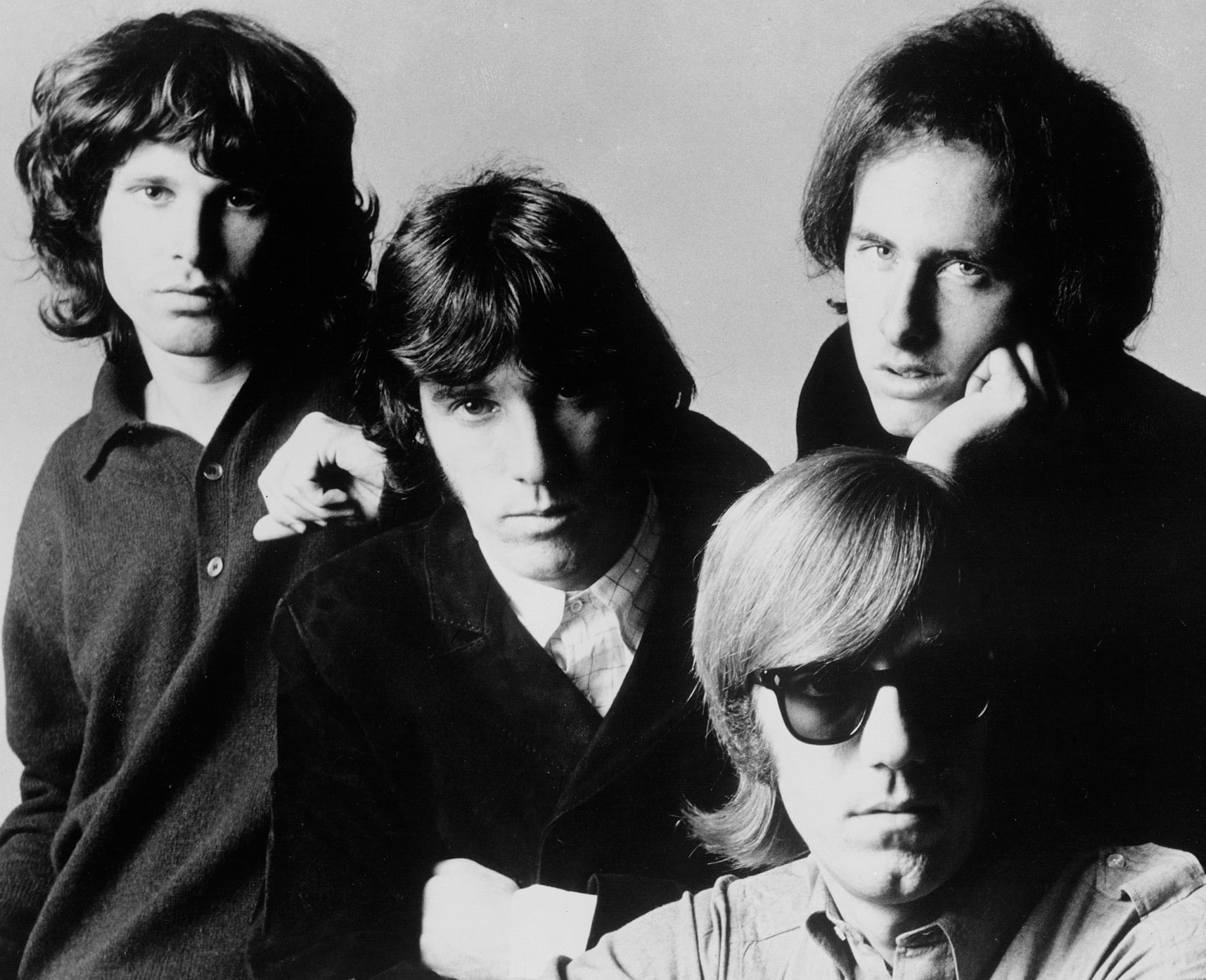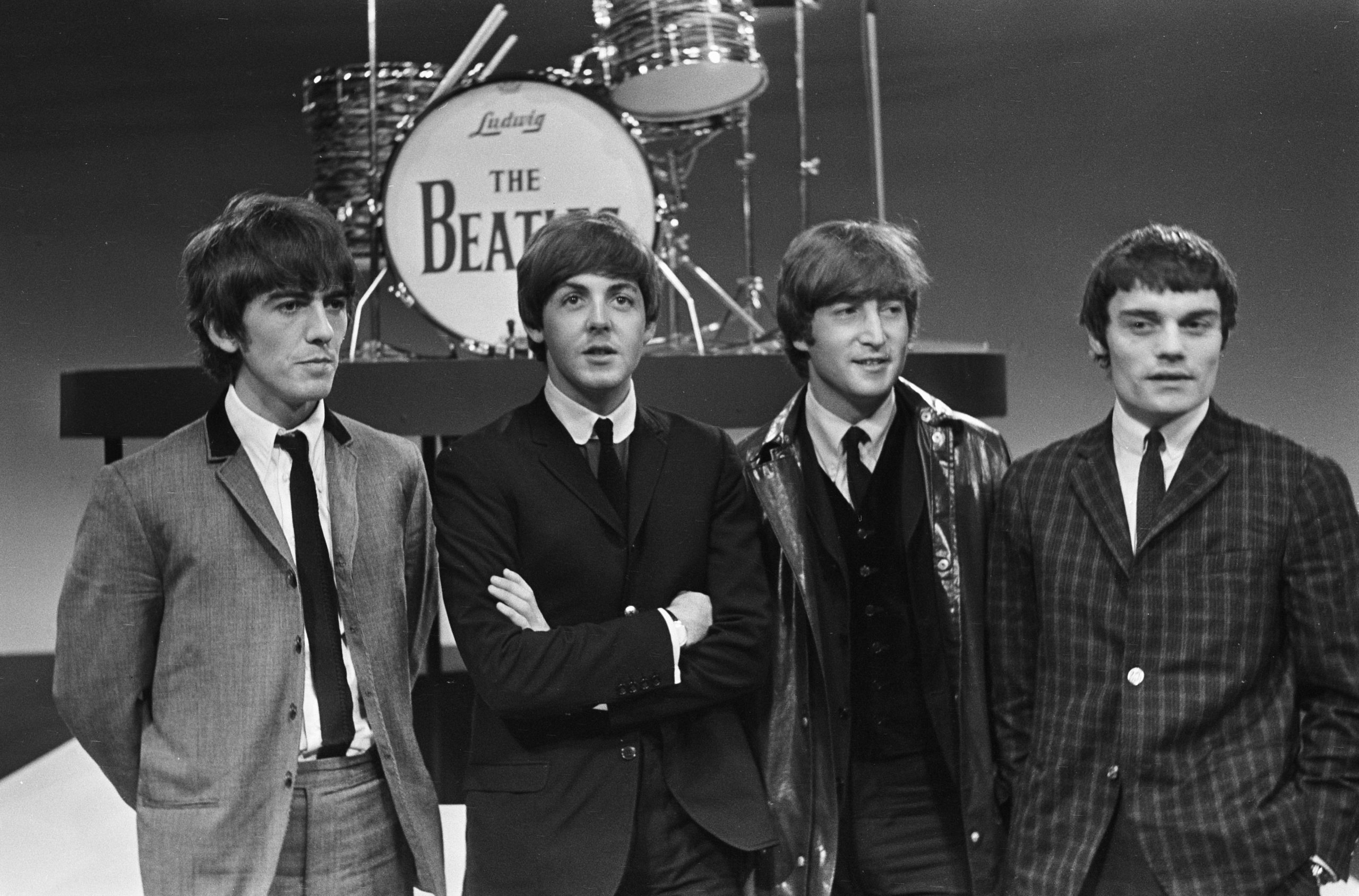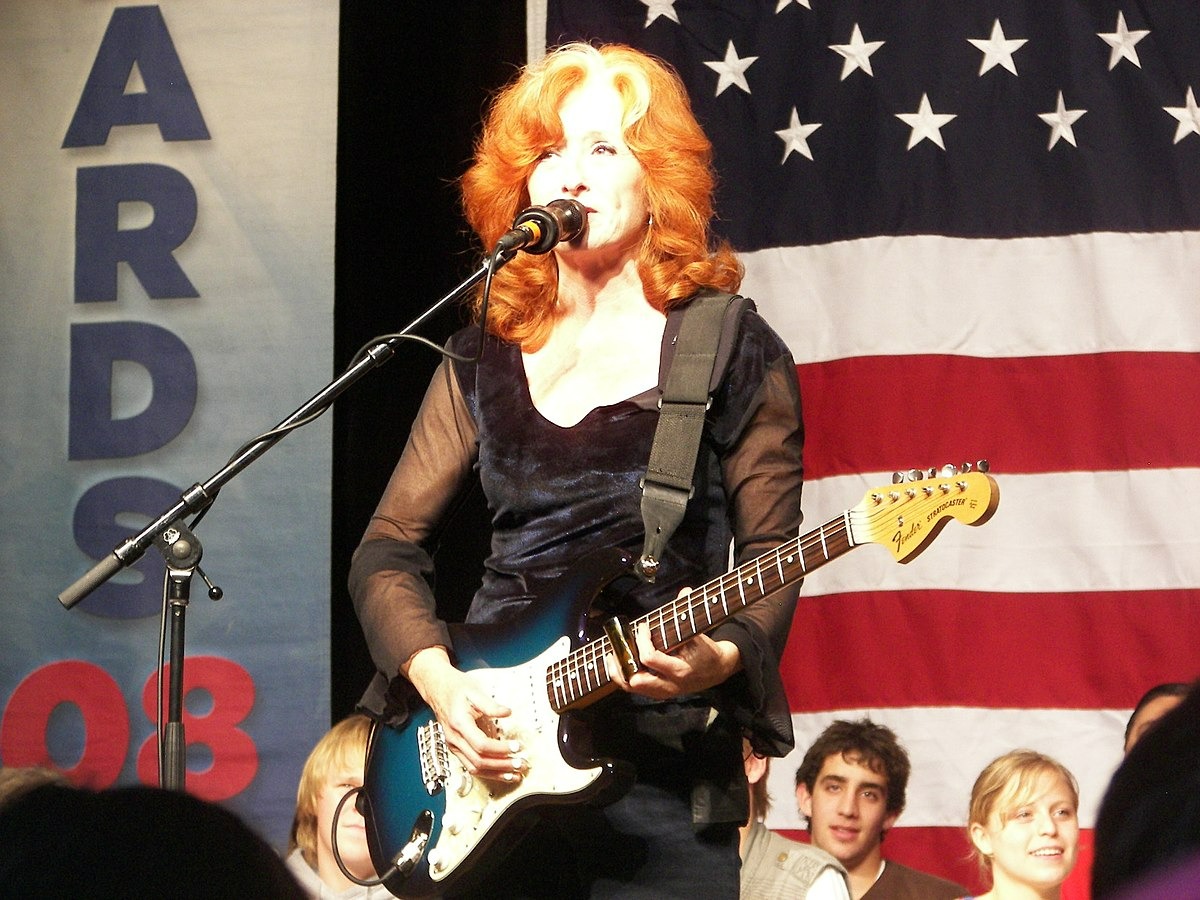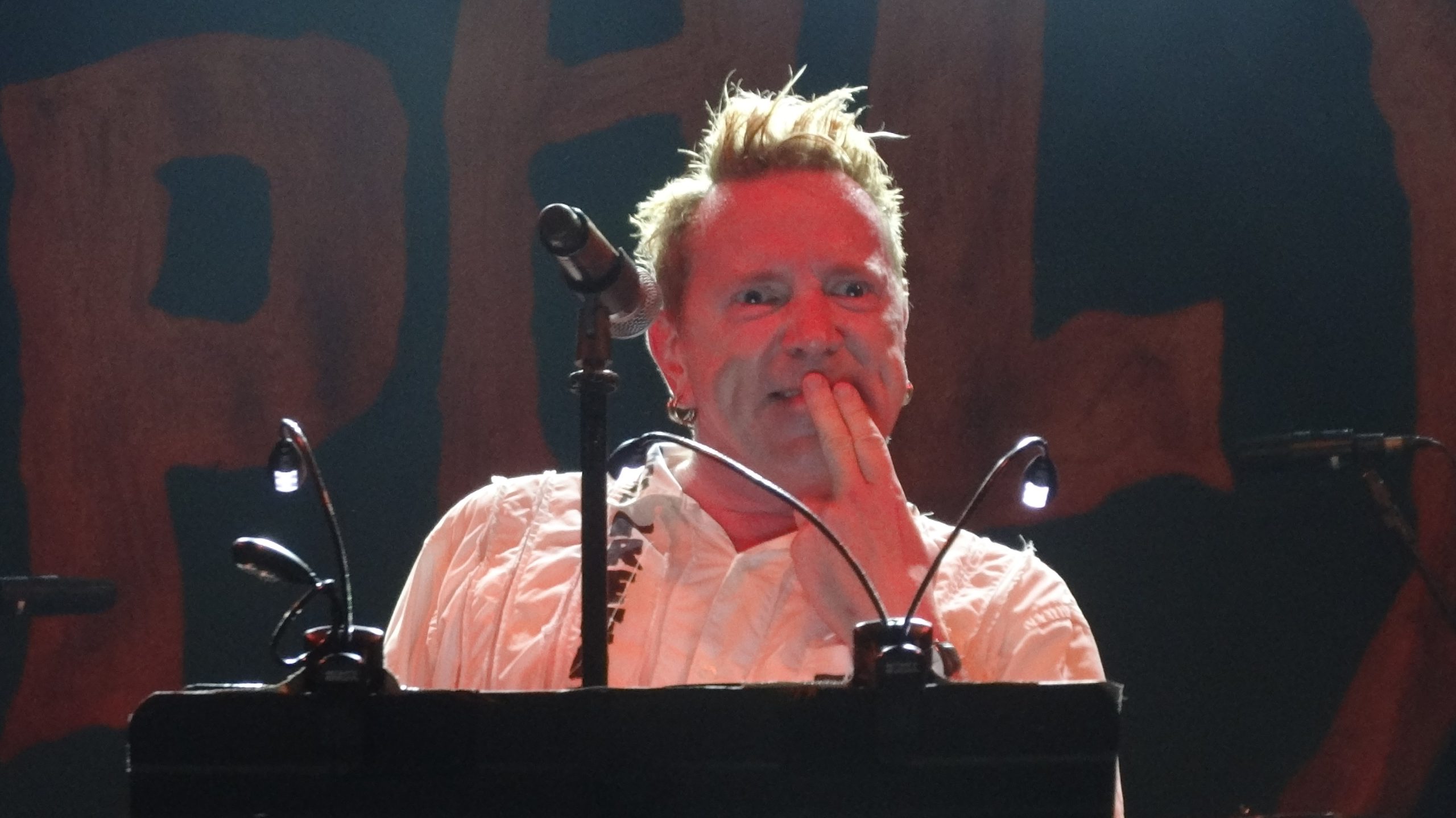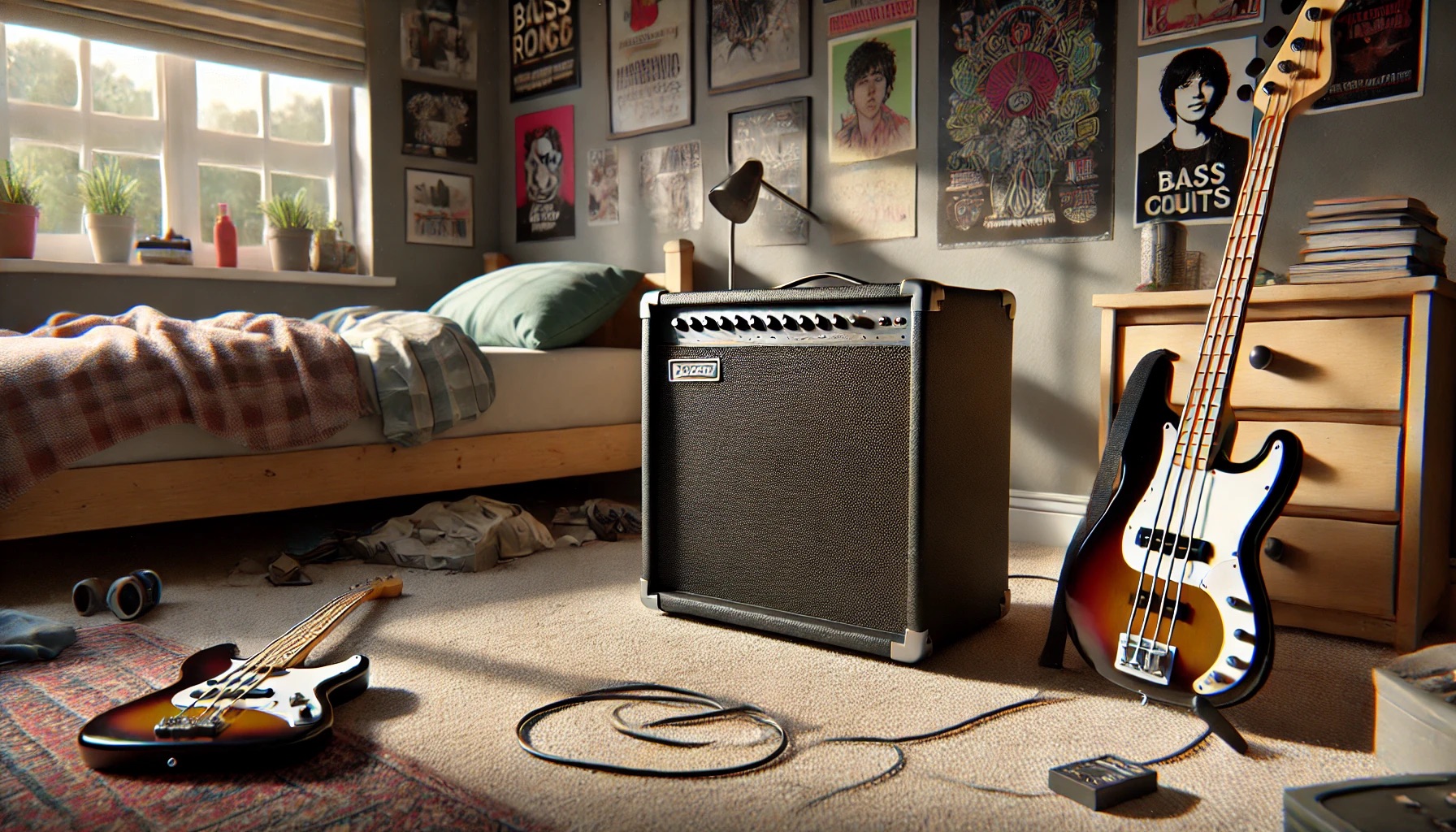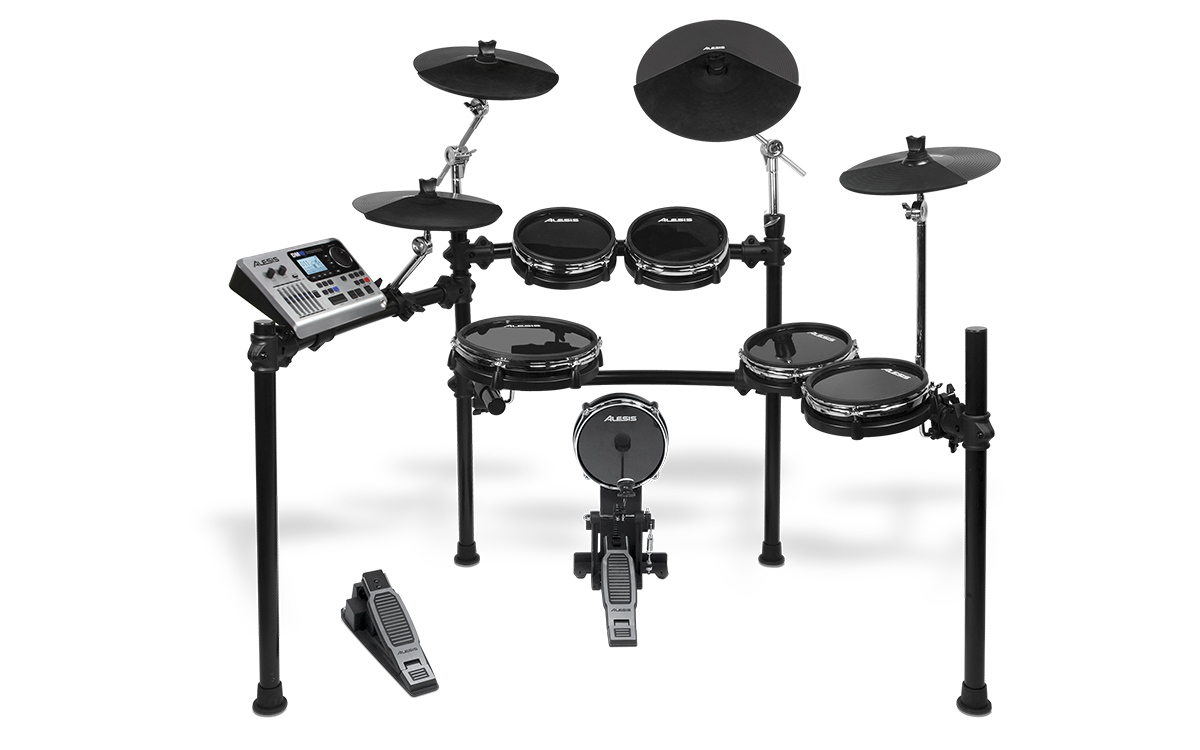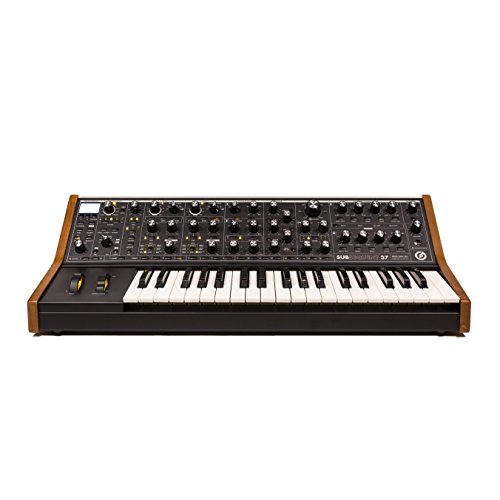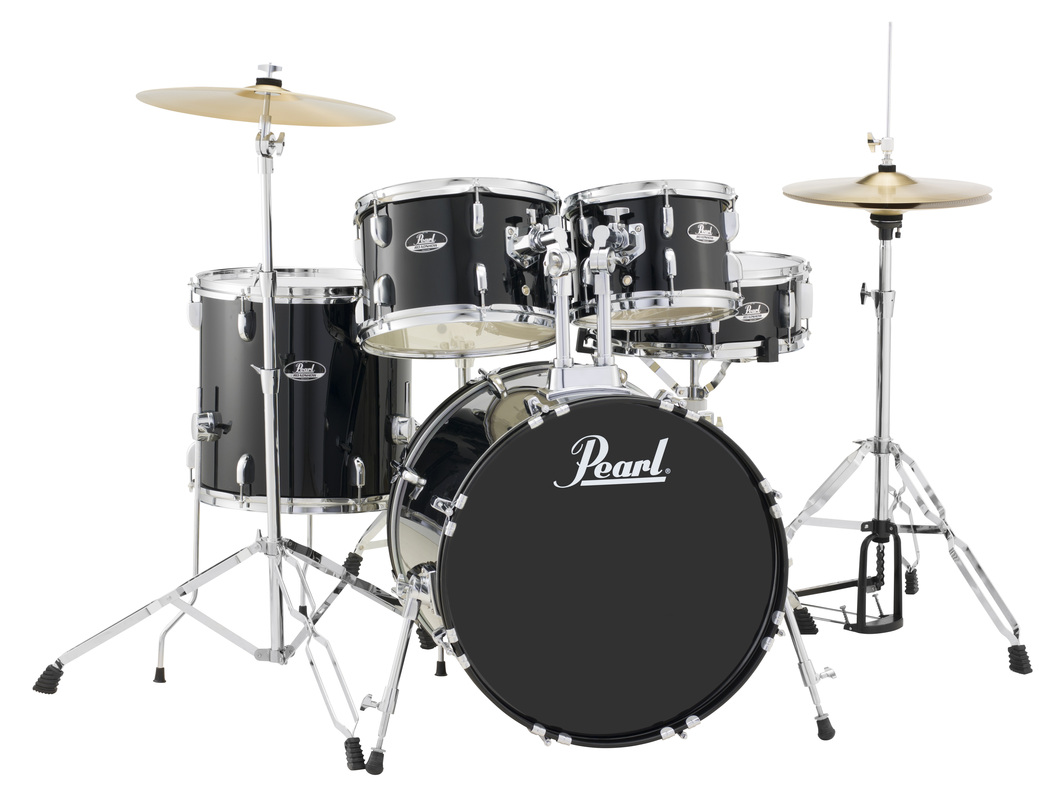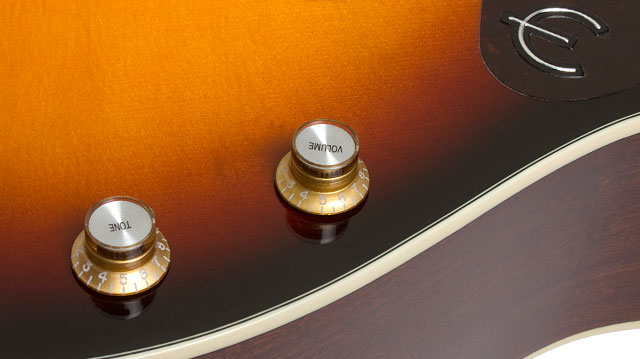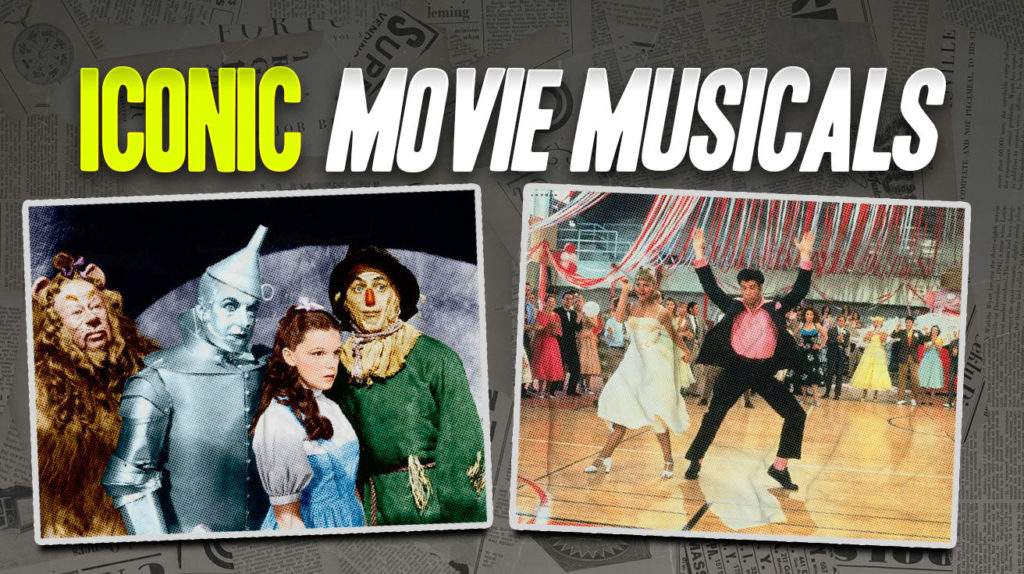
Hollywood’s greatest achievements aren’t action blockbusters or serious dramas—they’re musicals. These films represent cinema at its most audacious, where characters express through song what dialogue alone cannot capture. The evidence is undeniable: “The Sound of Music” still packs theaters for sing-alongs sixty years later. “Chicago” single-handedly revitalized a genre many considered dead. “West Side Story” tells more truth in one dance sequence than most films manage in two hours.
Join me on a journey through ten legendary musicals that prove why this form remains cinema’s most powerful.
10. Singin’ in the Rain
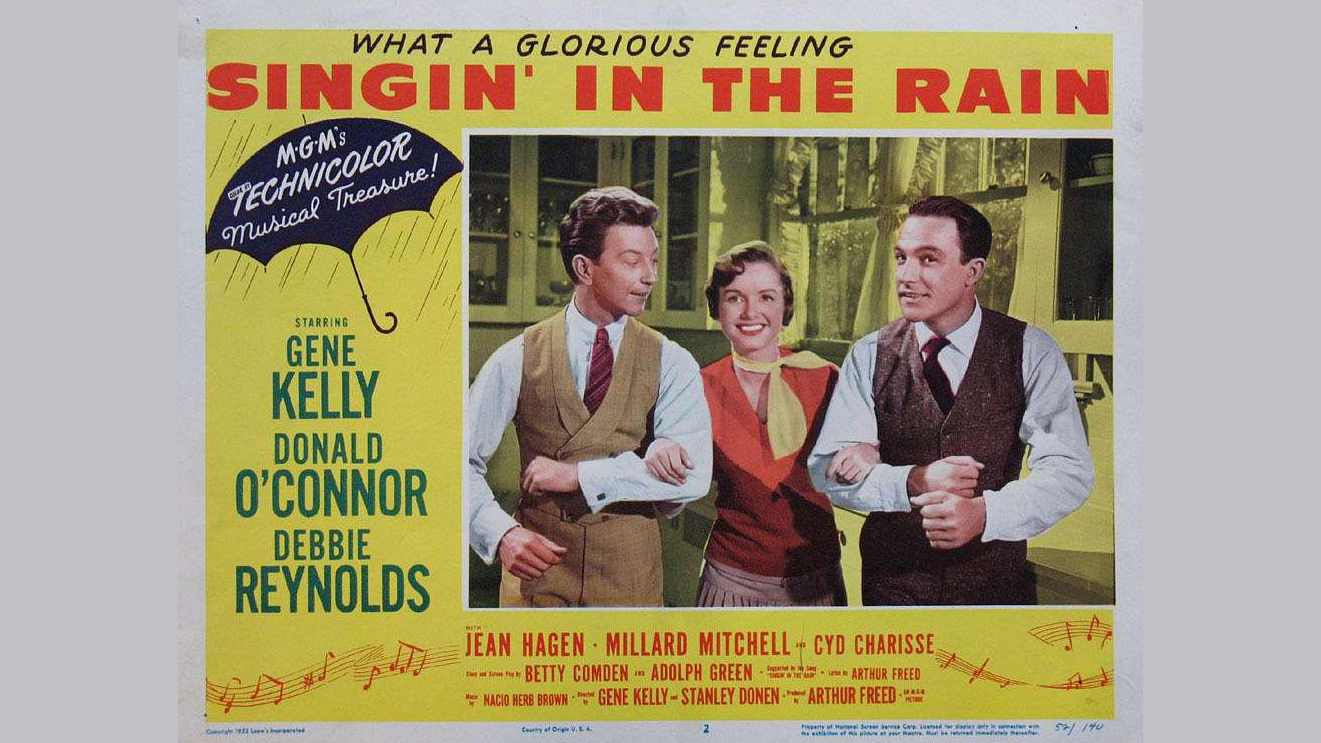
Hollywood’s transition from silent films to talkies wasn’t just industry evolution – it was chaos. Gene Kelly and Stanley Donen’s 1952 masterpiece catches this upheaval with perfect comic timing and jaw-dropping choreography that makes modern dance flicks look like amateur hour.
The meticulously choreographed “Moses Supposes” and “Good Morning” sequences show physical comedy that dancers today can’t touch. And that rain scene? Kelly performed it with a 103-degree fever. No CGI, no safety nets – just raw talent that gathers dust in today’s green-screen universe.
Poor Debbie Reynolds, with no dance experience, reportedly bled from her feet after 14-hour rehearsals while Kelly pushed for perfection. The film initially earned just $7.7 million on release, a modest success that transformed into legendary status over time. In 1989, the Library of Congress recognized what audiences already knew – this wasn’t just a film but a cultural cornerstone.
9. The Sound of Music
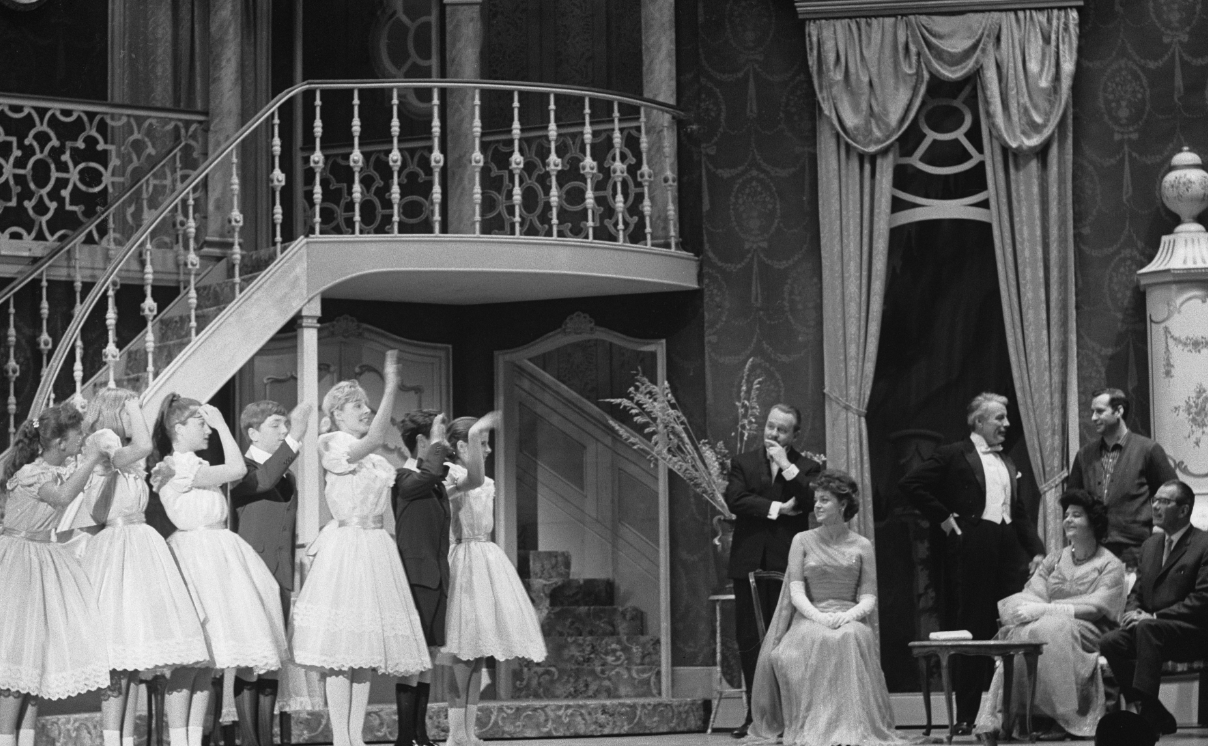
Few films have dominated the box office like this 1965 Robert Wise epic, raking in $286 million on release. What most people don’t know about some favorite classics is that this musical was nearly shut down during production due to torrential rains in Salzburg. Yet, Julie Andrews conquered those Austrian mountaintops with songs that even your tone-deaf uncle can recognize. “Do-Re-Mi” and “My Favorite Things” aren’t just songs; they’re cultural shorthand.
Running a butt-numbing 174 minutes and playing fast and loose with the actual von Trapp family history, audiences couldn’t care less about these shortcomings. Academy voters showered it with five Oscars including Best Picture, making everyone worldwide fall for a singing nun and her whistle-blowing family man.
A reluctant Christopher Plummer famously hated his role, yet audiences adored him anyway. When adjusted for inflation, it ranks among the highest-grossing films ever made. Sing-along screenings still pack theaters decades later. If you haven’t seen this, you’re missing the musical equivalent of comfort food.
8. West Side Story
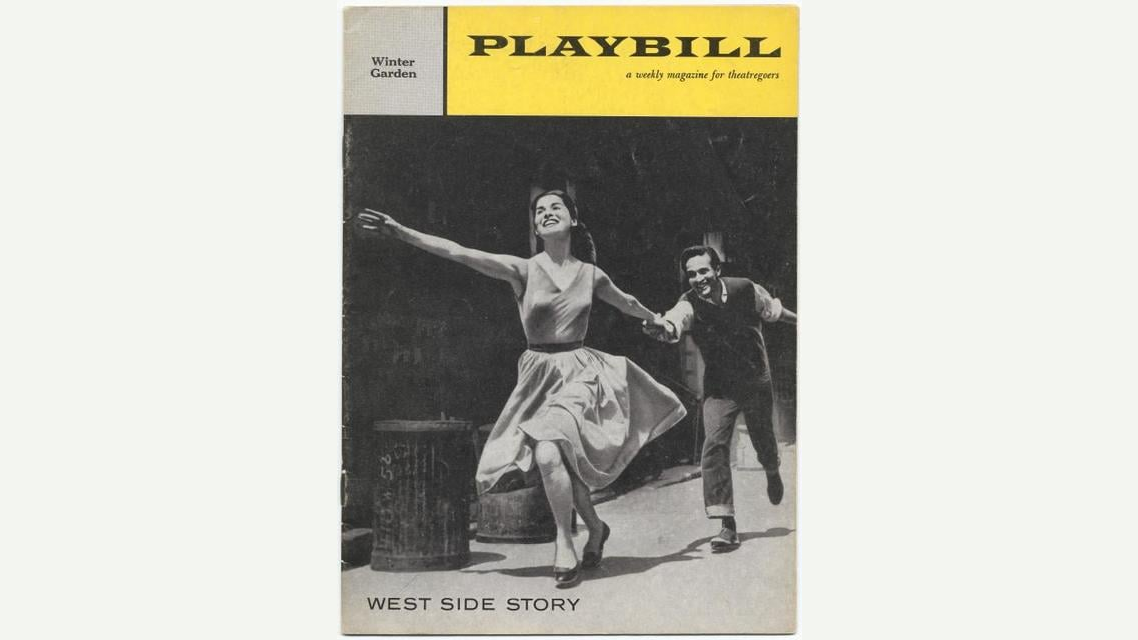
Shakespeare’s Romeo and Juliet got transformed into something even more tragic in this street-smart makeover. Jerome Robbins’ groundbreaking choreography turned gang warfare into ballet with switchblades, while the camera moves like it’s part of the dance – something modern musicals rarely nail.
Packed with social commentary, the “America” number delivers more punch in four minutes than most films manage in two hours. Robert Wise and Robbins’ 1961 masterpiece collected an astonishing 10 Academy Awards and grossed $44.1 million domestically – staggering numbers for the time.
Tackling racial tensions in 1950s New York City required boldness rarely seen in musicals of that era. Yes, it cast non-Puerto Rican actors in Puerto Rican roles (with Natalie Wood’s vocals embarrassingly dubbed), but it revolutionized how dance could tell stories on screen. Steven Spielberg’s remake 60 years later proves just how deeply it’s embedded in our cultural DNA.
7. Grease
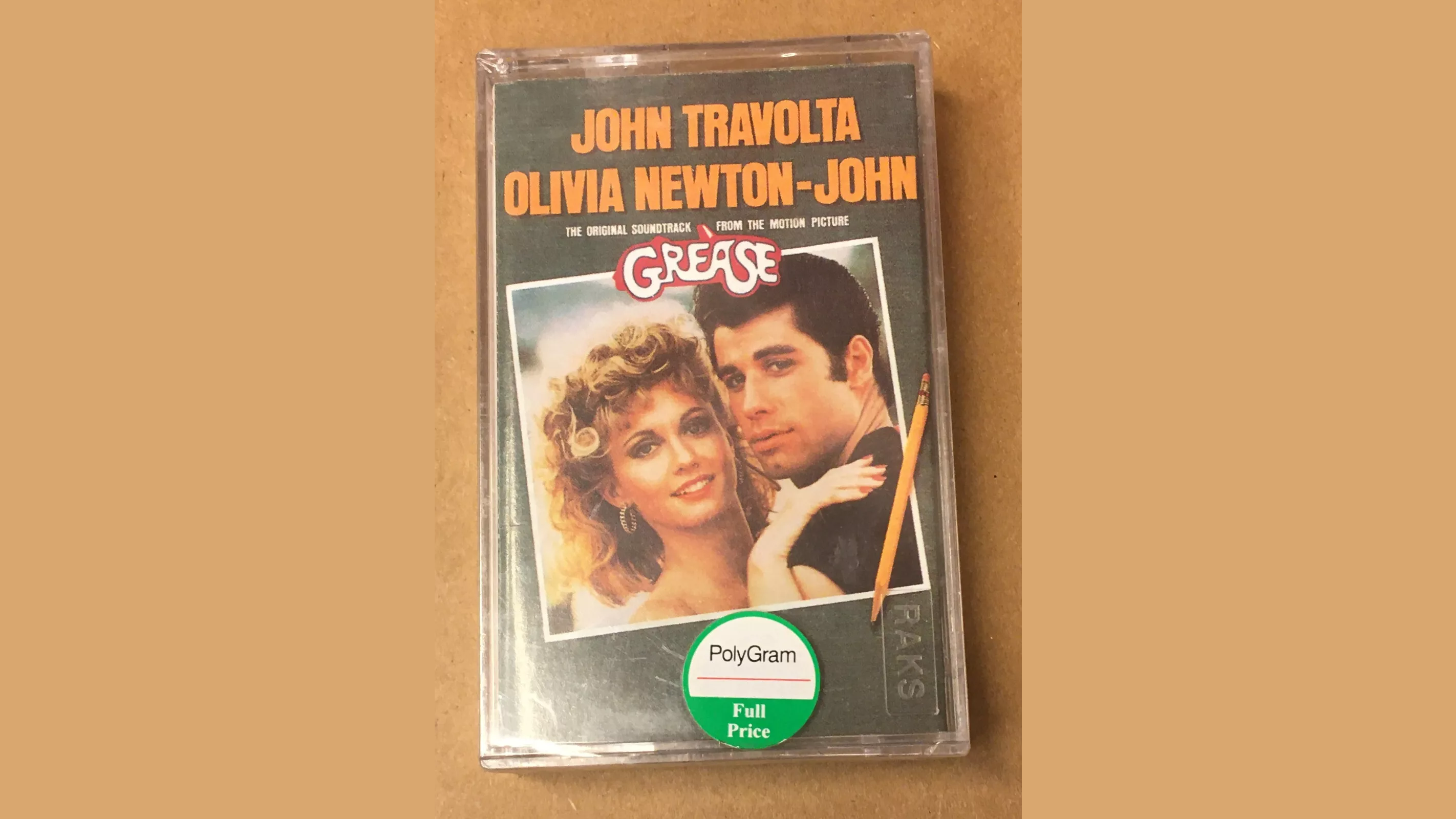
Never has high school looked this good or sounded this catchy on screen. Randal Kleiser’s 1978 time capsule sells a version of teenage life that never existed but everyone wishes did. With a soundtrack spawning hits that wedding DJs will never escape, John Travolta and Olivia Newton-John (both laughably too old for their teenage roles) created chemistry so electric it could power a small city.
Becoming the highest-grossing film of that year, it pulled in $366 million globally on a measly $6 million budget – the kind of ROI that makes studio executives weep with joy. The film knows exactly what it is – pure escapism wrapped in leather jackets and poodle skirts. And it works.
The soundtrack album sold over 28 million copies, with tracks that stick in your brain like gum under a theater seat. Critics called it simplistic and dated in its gender politics, but audiences couldn’t stop watching. Endless sing-along screenings continue to generate cash decades after its release.
6. The Wizard of Oz
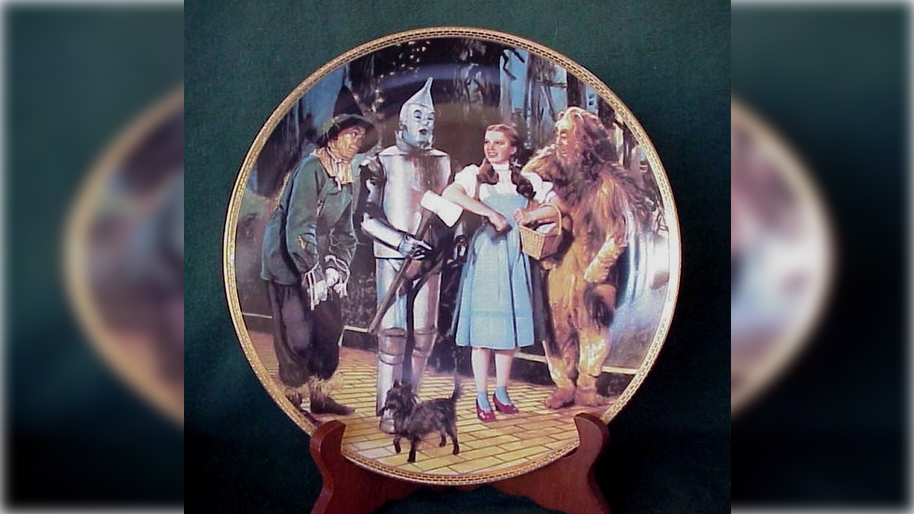
Dropping in 1939, this technicolor miracle still makes modern fantasy films look lazy. Victor Fleming’s 102-minute masterpiece revolutionized the use of Technicolor, with that sepia-to-color transition ranking as one of cinema’s most magical moments. “Over the Rainbow” transcended being just a song to become a cultural touchstone that rightfully won an Academy Award.
Practical effects from eight decades ago continue to impress in our CGI-saturated world. What’s wild? It initially bombed at the box office – high production costs made it a financial loss, while critics weren’t universally impressed either.
TV broadcasts and re-releases eventually helped audiences realize they had a classic on their hands. This film taps into something primal about home, adventure, and friendship that resonates across generations. Now preserved in the National Film Registry, Judy Garland’s legacy lives on decades after her death.
5. Chicago

Razor-sharp and bursting with Broadway’s bite, this musical brings stage magic to the screen with style to spare. The “Cell Block Tango” sequence alone justifies the price of admission – six murderesses explaining why their victims “had it coming” with choreography that kills.
Rob Marshall’s ingenious 2002 direction cleverly frames the musical numbers as mental fantasies, solving the “why are they suddenly singing” problem that trips up lesser musicals. With a sleek, stylized look perfectly capturing the cynical heart of the story, Catherine Zeta-Jones earned every bit of her Oscar gold.
Renée Zellweger and Richard Gere complete the powerhouse cast. Some called it cold or cynical, but that’s precisely the point – this isn’t your grandmother’s musical. Chicago raked in $306 million globally on a $45 million budget and snagged six Academy Awards including Best Picture. More importantly, it single-handedly revitalized the movie musical genre for the 21st century, proving these films could still pack theaters while winning critical acclaim.
4. Moulin Rouge!
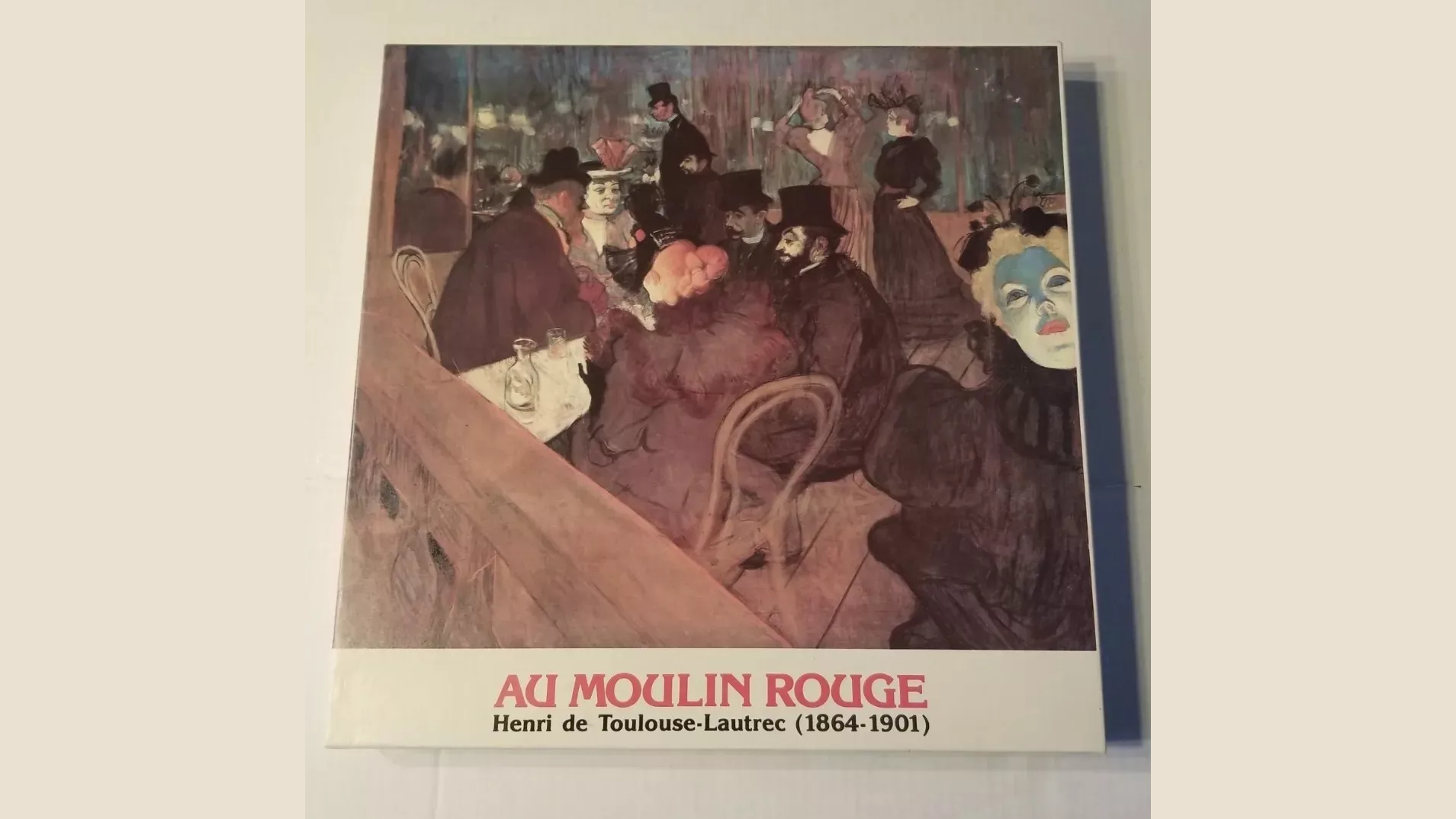
Musical rulebooks got tossed into Baz Luhrmann’s blender, with a shot of absinthe added to create this fever dream of a film. Running 128 minutes at a pace that might induce seizures, the 2001 jukebox musical raided pop music’s greatest hits and somehow made Elton John and Madonna work in 1900s Paris – an anachronistic choice that divided critics but thrilled audiences.
Visually stunning production and costume design rightfully won two Academy Awards. Nicole Kidman and Ewan McGregor brought surprising emotional depth to a relatively thin plot, and when the frenetic editing slows down for “Come What May,” your heart will crack.
Grossing $179 million on a $52 million budget, the film influenced countless music videos and stage productions. It represents maximalism done right – excess with purpose and genuine emotion beneath the glitter. Broadway eventually caught on, adapting it into a hit stage production in 2019.
3. La La Land
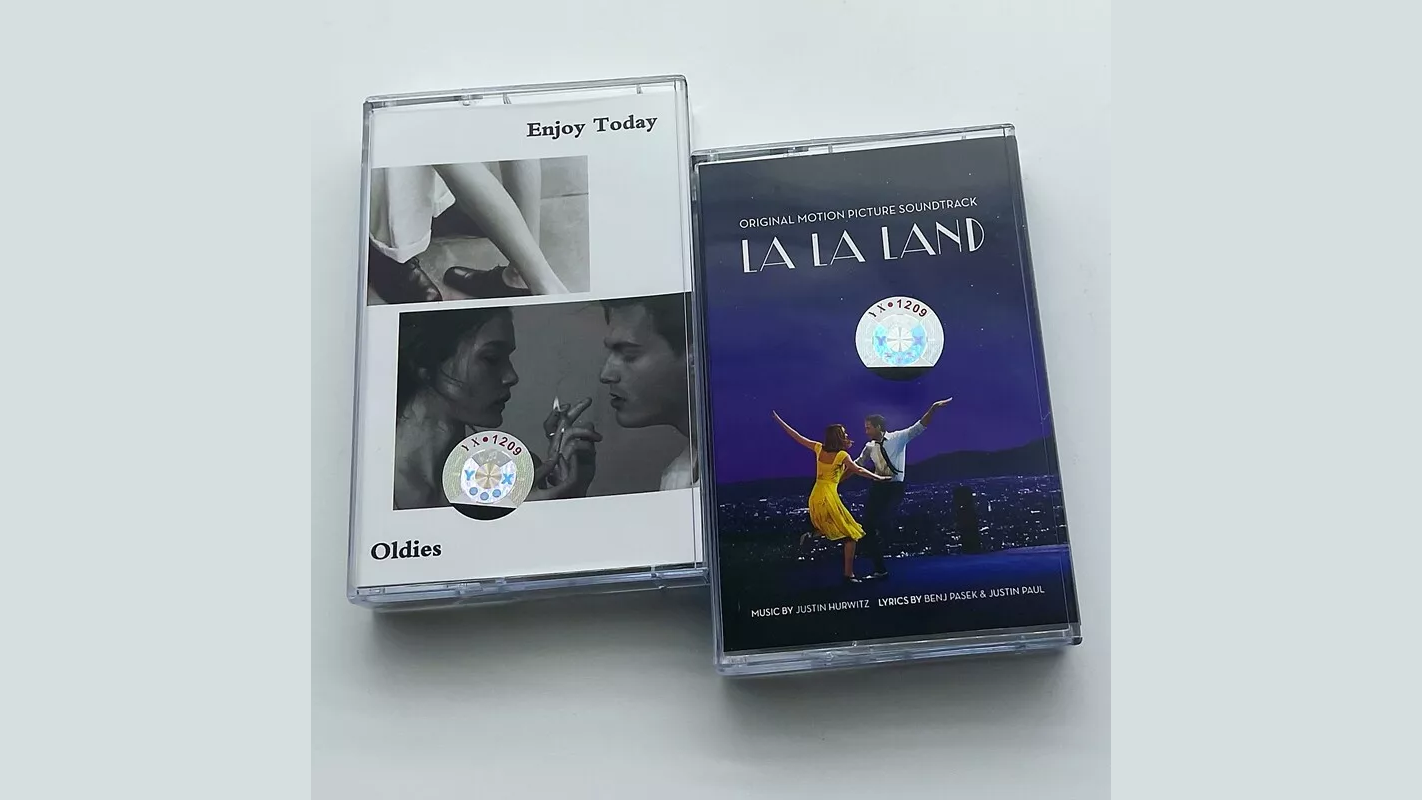
Love letters to Hollywood rarely avoid smugness, yet Damien Chazelle’s 2016 sensation pulls it off. Running 128 minutes that fly by thanks to electric chemistry between Ryan Gosling and Emma Stone, the film builds nostalgia for a golden age while acknowledging it’s gone forever.
That opening freeway dance sequence sets an impossibly high bar for what follows, yet the film maintains its charm through innovative cinematography and memorable original songs like “City of Stars.” A bittersweet ending avoids the easy out, delivering something more complex than a standard happily-ever-after.
Critics called it self-indulgent and questioned its portrayal of jazz, but audiences didn’t care. It grossed a staggering $446 million on a $30 million budget and swept awards season with six Oscars, including Best Director and Best Actress for Stone. This musical works for people who think they’re too cool for musicals, proving the genre still has plenty to say in the 21st century.
2. My Fair Lady
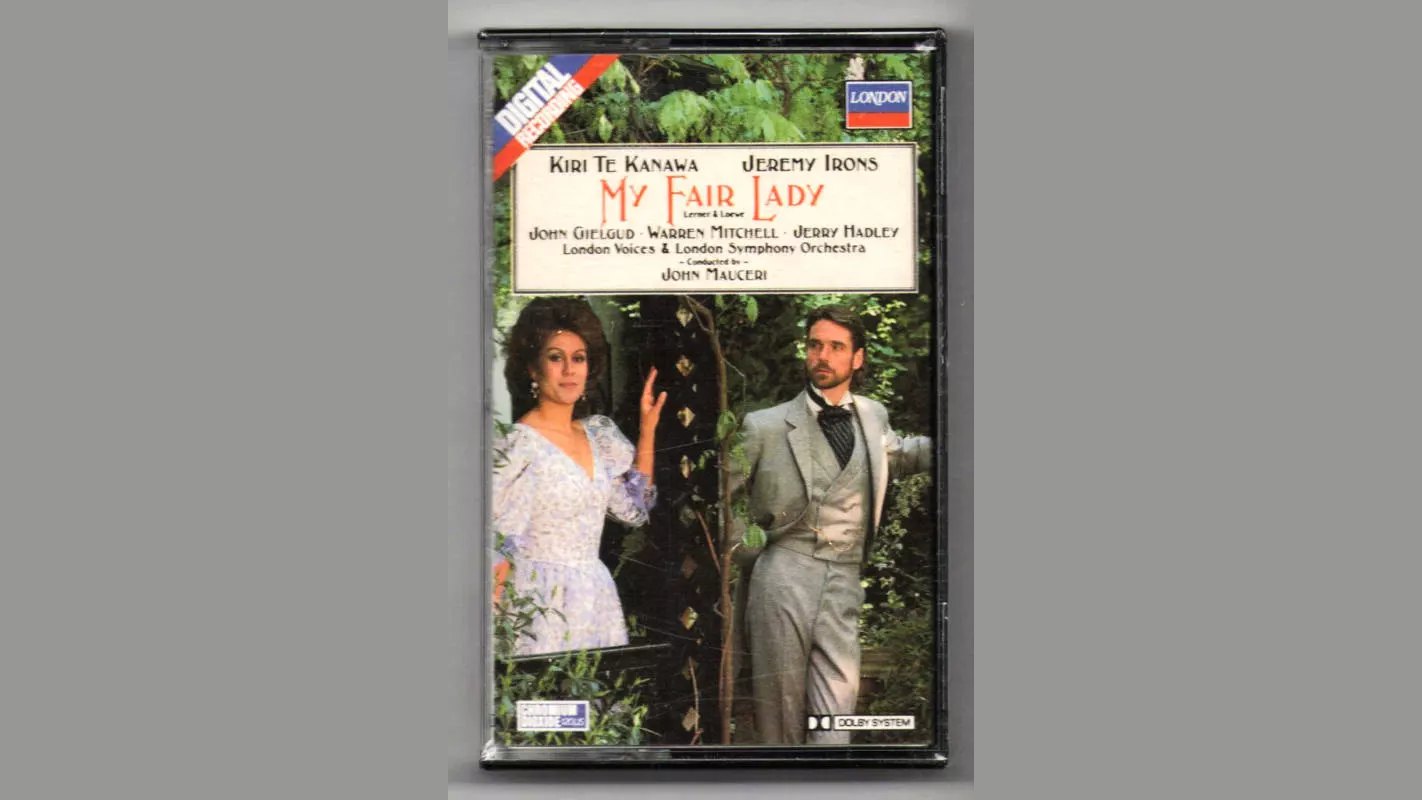
Vowel practice becomes fascinating when Audrey Hepburn takes on the challenge in this sharp-tongued battle of wills. George Cukor’s 1964 adaptation runs a hefty 170 minutes but earns every second. Lavish costumes tell the story of Eliza’s transformation rather than merely decorating it. Cecil Beaton’s designs rightfully snagged an Oscar.
“I Could Have Danced All Night” captures joy so purely it’s impossible not to smile, even though Hepburn’s singing was controversially dubbed. Rex Harrison delivers a masterclass in theatrical performance, bringing his stage role to screen without losing an ounce of energy.
Class and gender roles in Edwardian London get explored with surprising depth for the era. Grossing $72 million on a $17 million budget, the film took home eight Academy Awards including Best Picture. Sophisticated without being stuffy, it strikes a rare balance that continues to make it a staple on stage and screen. stage and screen.
1. Cabaret
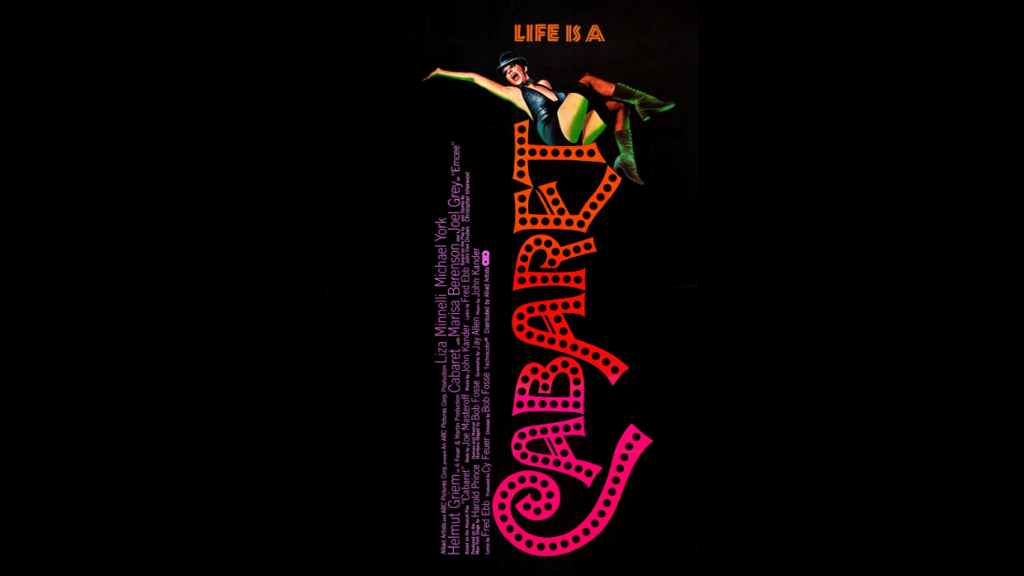
Dark masterpieces come along rarely in the musical world, but Bob Fosse proved happy endings aren’t required to create greatness. Released in 1972 and set in 1931 Berlin, this film runs 124 minutes of perfectly integrated musical numbers and narrative.
Liza Minnelli’s Sally Bowles defines the character you can’t look away from despite the train wreck unfolding – a performance cementing her legacy. Joel Grey as the Master of Ceremonies creates one of cinema’s most unforgettable characters.
Musical numbers function as bitter commentary on Nazism’s rise, creating unsettling contrasts between entertainment and grim reality. Some of the most controversial songs in music history appear in this film, challenging audiences with their political subtext and sexual overtones. Fosse’s innovative choreography and direction broke new ground for tackling serious themes in movie musicals.





